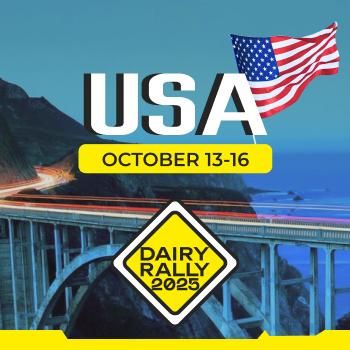Grass-fed cows may have a high carbon footprint

Most studies limit their attention to the amount of greenhouse gases emitted directly from beef production, without considering other factors that can affect the overall carbon footprint.
Blaustein-Reito and his colleagues calculated and compared the carbon footprint of 100 beef production plants located in 16 countries. In addition to direct greenhouse gas emissions, their calculations included soil carbon sequestration—the capture and long-term storage of atmospheric carbon in grassland soils, often in the form of dead plants and livestock waste. They also took into account the opportunity cost of carbon—carbon that would have been sequestered if the land had native ecosystems rather than being used to produce beef.
An extensive statistical analysis found that pasture-based feedlots produce 20% more greenhouse gases than grain feeders, consistent with previous research. However, after accounting for soil carbon sequestration and the opportunity cost of carbon emissions, the overall carbon footprint of grazing operations was 42% higher, likely due to its greater impact on land use.
Further analysis showed that increases in land use intensity are indeed strongly associated with increases in the overall carbon footprint of beef production. The calculations also show that, on average across all operations included in the study, the opportunity cost of carbon emissions may contribute even more to a business's overall carbon footprint than its direct greenhouse gas emissions.
The researchers say their findings highlight the need for climate change mitigation efforts to account for the carbon opportunity costs of beef production. Because grass-fed beef is often considered more expensive, carbon emissions data can also provide important additional information to help consumers make choices.
“Our research shows that the carbon cost of land use accounts for the majority of beef's carbon footprint. Thus, carbon costs are even higher than typical for land-intensive beef production operations, such as many grass-fed systems, even when potential carbon sequestration due to grazing is taken into account.”













